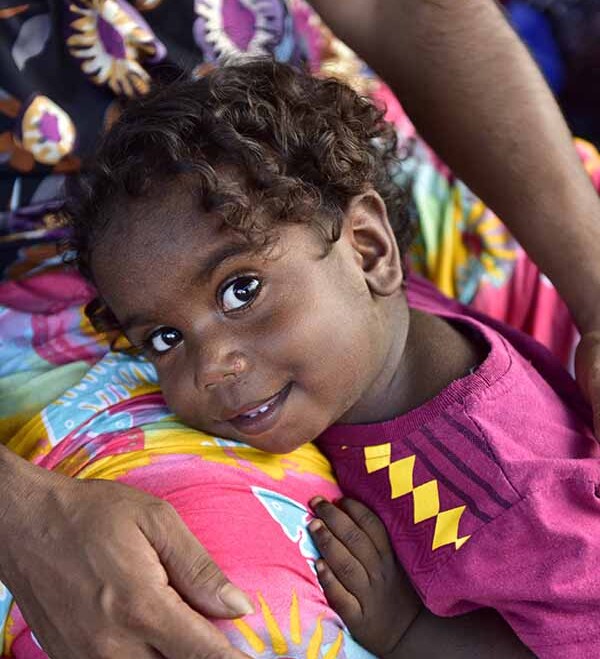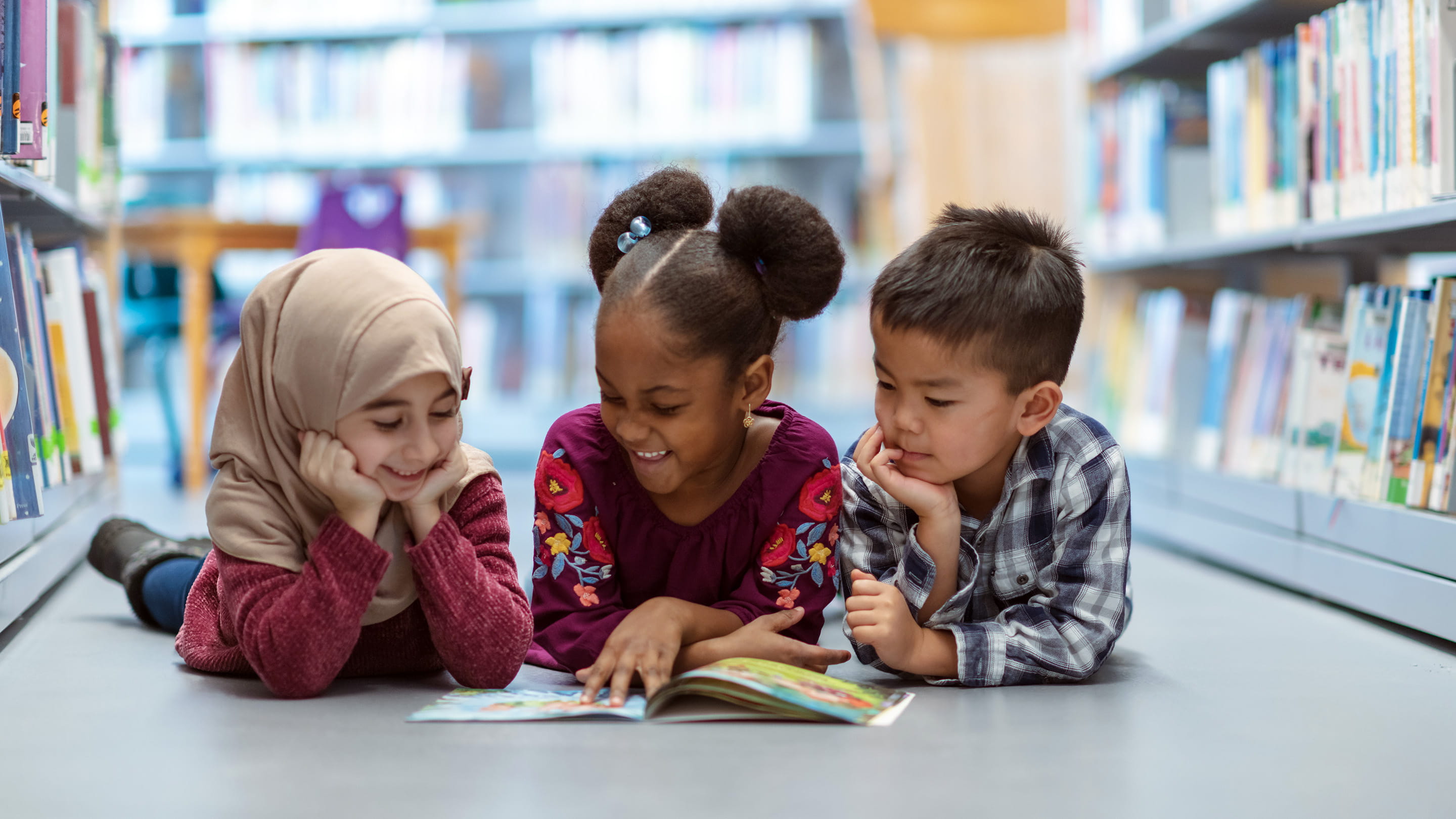On this page
Download this Fact Sheet:
Fact Sheet: Cultural diversity and mental health (296.3 KB, PDF)
What is cultural diversity?
Cultural diversity refers to the variety of cultural or ethnic groups within a society.
We all have our own cultural identities.
We may identify with groups based on our birthplace, country of origin, ethnicity, language, behaviour, traditions, values or beliefs.
People may also identify with multiple cultural groups or sub-cultures over time.
Our cultural perspectives can shape how we raise, teach and understand children and young people.
Cultural experiences and practices can help us feel like we belong.
Sharing connections, traditions and rituals with cultural communities can provide strong support systems and coping strategies.
However, this doesn’t mean everyone from a particular cultural group will have the same values or needs.
Educators, families, children and young people may belong to more than one cultural, racial or ethnic group or community.
Developing a sense of belonging within multiple communities can be challenging – you may also have experienced this.
Each community may have different expectations and priorities. People may face challenges specific to their backgrounds.
Why is valuing cultural diversity important?
Australia’s cultural diversity is one of its greatest strengths.
It’s home to diverse ancient and continuing Aboriginal and Torres Strait Islander cultures.
Migrants and refugees have also enriched the diversity of cultures, ethnicities and races in Australia. Over a quarter of people living in Australia were born overseas.
More than 300 languages are spoken across the country, including over 150 First Nations languages. A quarter of people living in Australia speak a language other than English at home.
Learning communities will have families from many different backgrounds.
This diversity offers an opportunity to learn from different cultures and enrich our lives in ways beyond our own experiences.
It’s important that children and young people learn to respect and value the cultural, racial and ethnic diversity around them. This contributes to an inclusive community for everyone.
This benefits individuals because feeling respected and included can be a protective factor for mental health.
It also helps the broader community. Environments where people enjoy wellbeing can be more sociable, positive and productive.
Alternatively, feeling excluded and not valued or respected is a risk factor for a person’s mental health and wellbeing.
Factors that may affect families
Raising children across cultures
It’s important to remember that, like you, family members want what is best for the child. However, parenting approaches can look different for people depending on their cultures.
Differences may include, but are not limited to:
- the ways children and young people are shown affection
- attitudes towards discipline
- how much emphasis is placed on family responsibility compared with encouraging a child or young person’s independence. This can be complex and may be influenced by the spectrum of collectivism and individualism across cultural practices.
Some cultural practices may have strict codes of behaviour, according to a person’s age or gender. Families might also be concerned about their child or young person losing their cultural identity.
Based on their cultural background, children and young people may have different values and expectations at home compared with their early learning service or school. This can create confusion and may mean they face difficult choices.
Cultural perspectives on mental health and wellbeing
Communities may have different ways of understanding and defining mental health and wellbeing.
You will have your own understanding, influenced by your background and experiences.
Some people may view mental health as a medical matter with clinical-based language. Others may see it as a reflection of spiritual or religious beliefs and use more holistic language.
There is no right or wrong way of understanding mental health.
Differing perspectives may mean that mental health is not talked about openly or has a stigma attached to it in some cultures.
Some people may be uncomfortable or avoid seeking help from mental health professionals. This may be due to negative experiences or a lack of cultural safety in the past.
Some families may be more receptive to conversations that avoid clinical terms.
Read more about cultural identity and mental health.
By promoting conversations about mental health, your early learning service or school can:
- help reduce stigma and feelings of shame
- encourage help-seeking
- support access to services.
Language and communication
Children, young people and families may speak multiple languages. Retaining these skills and connections to culture is important for people’s social and emotional wellbeing. This also adds to the vibrant diversity in Australia.
However, language can also be a major barrier. It can undermine a person’s confidence, make everyday life harder, and make it difficult to form social connections.
It’s important to challenge any assumptions you may have about a child or young person’s learning potential based on their English language skills.
Children and young people may have also had their education disrupted. For example, if they have spent time in a refugee camp or travelling through areas without access to education.
You should have the same high expectations for all children and young people in your care.
Discrimination and racism
Discrimination refers to treating individuals or groups differently based on their perceived membership to a certain group. This could be based on groups such as race, religion, gender, disability, age or culture.
Discrimination can be:
- direct, such as name-calling, offensive language, stereotypes and bullying
- indirect, such as ignoring, excluding and systemic behaviours.
Racism is the process by which systems, actions and attitudes discriminate against people based on their race.
Overseas-born people from non-English speaking backgrounds are more than twice as likely to experience discrimination than non-Indigenous people born in Australia.
Aboriginal and Torres Strait Islander Peoples are also more likely to experience racism. You can read more about this in Cultural responsiveness and First Nations communities.
People who belong to more than one marginalised group are also more likely to experience discrimination. For example, people from non-English speaking backgrounds who have a disability or identify as LGBTQIA+.
This is known as intersectionality. It refers to ways different aspects of a person’s identity can expose them to overlapping forms of discrimination.
Racism and discrimination can have profoundly detrimental impacts on a person’s mental health.
Read more about racism and anti-racism actions in the external links at the end of this Fact Sheet.
Migration and resettlement
Settling in a new country can be complicated. Some people may have resettled as refugees with permanent visas. Some may be seeking asylum and navigating the uncertainty associated with that.
People may also have differing experiences of being welcomed in Australia or within their cultural communities.
Families need to find housing, employment, schools or early learning services, and so on, through unfamiliar bureaucratic systems. Not knowing how things work or what services are available in a new community can be challenging and stressful.
People also need to develop new social networks. Refugees and people seeking asylum may have been separated from family members, friends and others who would normally provide support.
There can be feelings of loneliness, isolation, or worry for people who have been left behind. Feelings of guilt and concern for their loved ones can be ongoing, particularly if there are continuing or renewed conflicts in their home country. Families may also be grieving a loss of connection with their culture and home.
Effects of trauma
Migration prompted by dangerous experiences or the need for protection can lead to further challenges. This is often the case for refugees and people seeking asylum. Traumatic experiences may have occurred through exposure to violence, persecution, war, torture or the death of loved ones.
People may have also had harsh treatment in transit countries, refugee camps or Australian immigration detention centres.
Everyone’s experience of, and reaction to, trauma is different, including young children.
Learn more about how to support children and young people who’ve experienced trauma.
Early childhood educators can find practical strategies at Cultural considerations: Welcoming refugee children and families into our services.
School educators can find advice and resources at Hints for Healing and Foundation House’s School’s In for Refugees.
Protective factors for mental health and wellbeing
Belonging is a fundamental human need.
It relates to feeling that others value, accept and care about us.
When our identity is valued and respected, we are more likely to develop social connections and a sense of belonging in our community.
When a child or young person feels their family, cultural background and individuality are respected and valued, this can strengthen their sense of identity and self-esteem. They may be more likely to take part in social experiences and form strong relationships in their learning community.
Those who have supportive and positive relationships in their life (that is, people to talk to, trust and depend on) may be less likely to experience feelings of depression and anxiety compared with those who have fewer social connections.
It’s important to note that culturally diverse children, young people, families and educators in your learning community may be more likely to have experiences that may interfere with their sense of belonging.
Young children are particularly vulnerable to experiences of racism and exclusion. This can affect their social and emotional wellbeing, social relationships and learning.
The role of the educator
You play an important role in promoting children and young people’s individual sense of belonging.
Your actions can help create an inclusive environment where children and young people understand, respect and value the diversity around them.
This includes having trauma-informed and anti-racist awareness and approaches.
Learn about practical ways to promote cultural diversity.
Be You Professional Learning
Check out tips for building mentally healthy early learning services and schools in the module Understand. You can also explore how to promote equity and inclusion within your learning community in the module Include.
-
External links
Intersectionality in mental health: What makes us different? – Multicultural Youth Advocacy Network video
Making Multicultural Australia – resources for educators exploring cultural diversity, tolerance and anti-racism
SBS Cultural Atlas – an educational resource with information about different cultures
What impacts refugee and asylum seeker children’s mental health? – Emerging Minds article
Anti-racism resources
Racism. It stops with me – anti-racism resource developed by the Australian Human Rights Commission
Racism. No Way – anti-racism teaching resources for Australian early learning services and schools -
Bibliography
Australian Bureau of Statistics (ABS) (2022). Cultural diversity: Census. ABS. Retrieved from https://www.abs.gov.au/statistics/people/people-and-communities/cultural-diversity-census/latest-release
Australian Human Rights Commission (AHRC) (2024). The National Anti-Racism Framework: A roadmap to eliminating racism in Australia (report) Sydney: AHRC. Retrieved from https://humanrights.gov.au/anti-racism-framework
Beyond Blue. (2024). What is mental health. Melbourne: Beyond Blue. Retrieved from https://www.beyondblue.org.au/mental-health/what-is-mental-health
Muralidharan, P., Hosseini, Y. and Arashiro, Z. (2024). An Anti-Racism Framework: Experiences and Perspectives of Multicultural Australia. Report on the national community consultations, commissioned by the Australian Human Rights Commission. Canberra, ACT: Federation of Ethnic Communities’ Councils of Australia.
O’Donnell, J., Guan, Q. and Prentice, T. (2024) Mapping Social Cohesion. Melbourne: Scanlon Institute. Retreived from https://scanloninstitute.org.au/mapping-social-cohesion-2024


